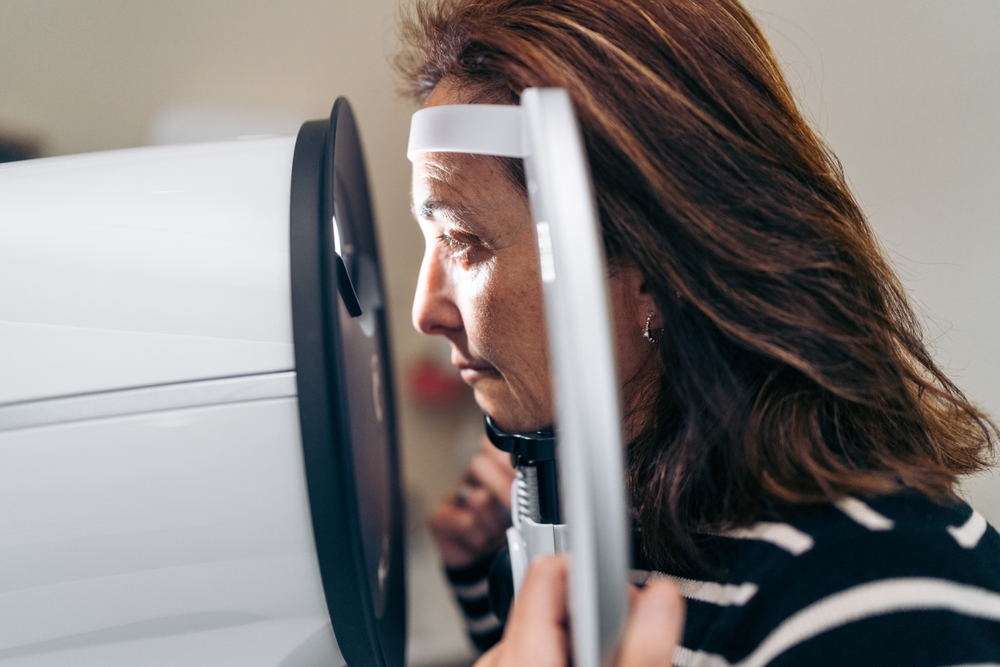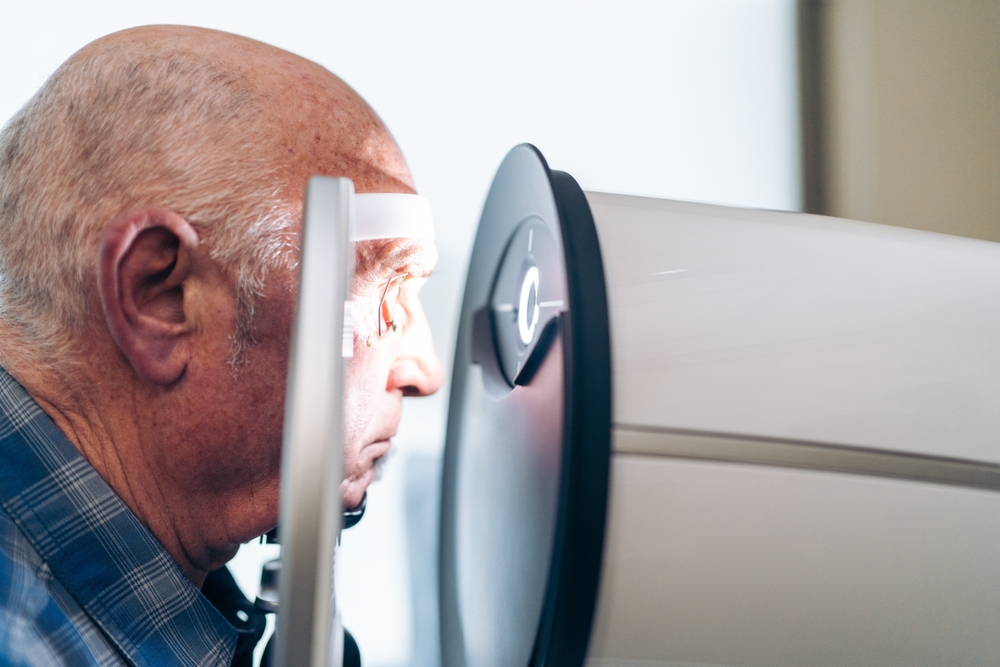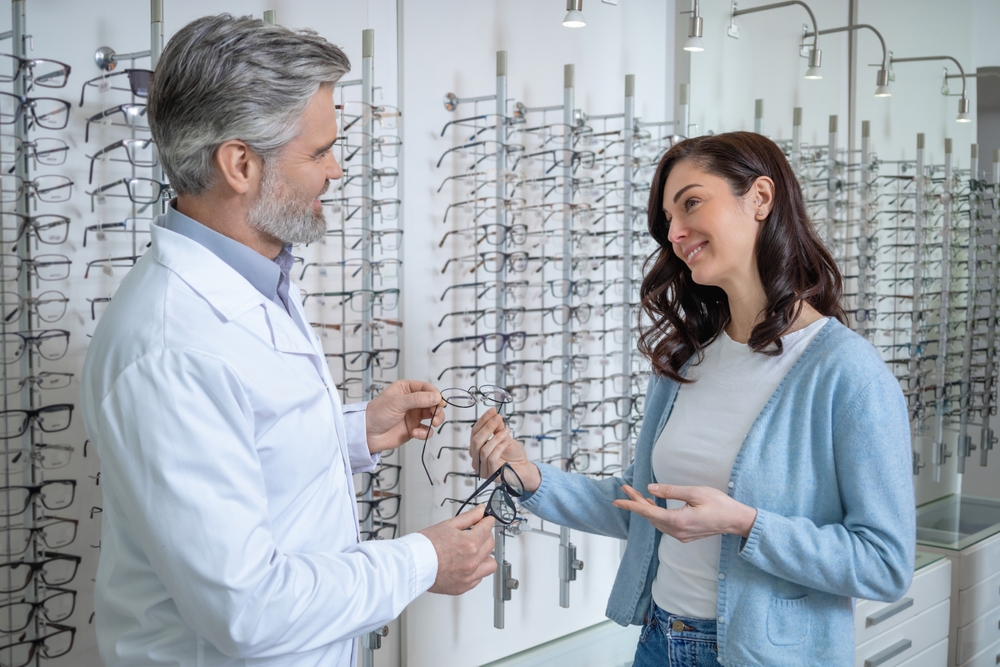The Center for Eye Care and Optical Blog
Learn more about ophthalmology and optometry care in our blog!

Schedule a comprehensive eye exam at The Center for Eye Care and Optical to detect, treat, and manage retinal eye diseases early. Visit our office in West Islip, New York, or call (631) 825-7725 to book an appointment today.

If you’ve been dealing with persistent dryness, irritation, or a gritty sensation in your eyes, you might be experiencing more than just occasional dryness. In many cases, chronic dry eye can actually be a sign of blepharitis, a condition that affects the eyelids and can disrupt the delicate balance of your tear film.

Cataract surgery is one of the most common and effective vision-restoring procedures performed today. While modern surgical techniques make recovery smoother than ever, understanding what to expect can help you heal comfortably and protect your results.

Glaucoma is one of the most common causes of irreversible vision loss - but it often develops so gradually that many people don’t realize they have it until it’s too late. Because the condition can progress silently and without warning signs, understanding your personal risk factors is crucial.

When it comes to choosing new glasses, most people focus on style or lens type - but the fit of your frames is just as important. Frames that are too loose, too tight, or poorly aligned can affect not only your comfort but also how well your lenses perform.

When it comes to eyewear, your frames may be what catches the eye, but it’s your lenses that truly define how well you see and how comfortable you feel in every situation. At The Center for Eye Care and Optical, we offer a wide selection of specialty lenses and enhancements designed to fit your lifestyle, whether you’re working at a computer, driving on the road, or enjoying the outdoors.

Living in West Islip means you get to enjoy everything Long Island has to offer, from relaxing days at the beach to afternoons spent outdoors with friends and family. But whether you’re strolling through town, heading out on the water, or simply running errands, your eyes are exposed to the sun’s ultraviolet (UV) rays every day.

Dry Eye Syndrome is a common and often chronic condition that occurs when your eyes don’t produce enough tears or when the tears evaporate too quickly. While it may start as a minor irritation, dry eyes can lead to ongoing discomfort and even affect your vision if left untreated.

Shopping for new glasses should feel exciting, not overwhelming. Eyewear plays an important role in your daily life, helping you see clearly while also reflecting your unique style.

As we get older, it’s natural to notice changes in how we see the world. Blurry reading vision, difficulty driving at night, or increased sensitivity to light are just a few common signs that aging may be affecting your eyes.











